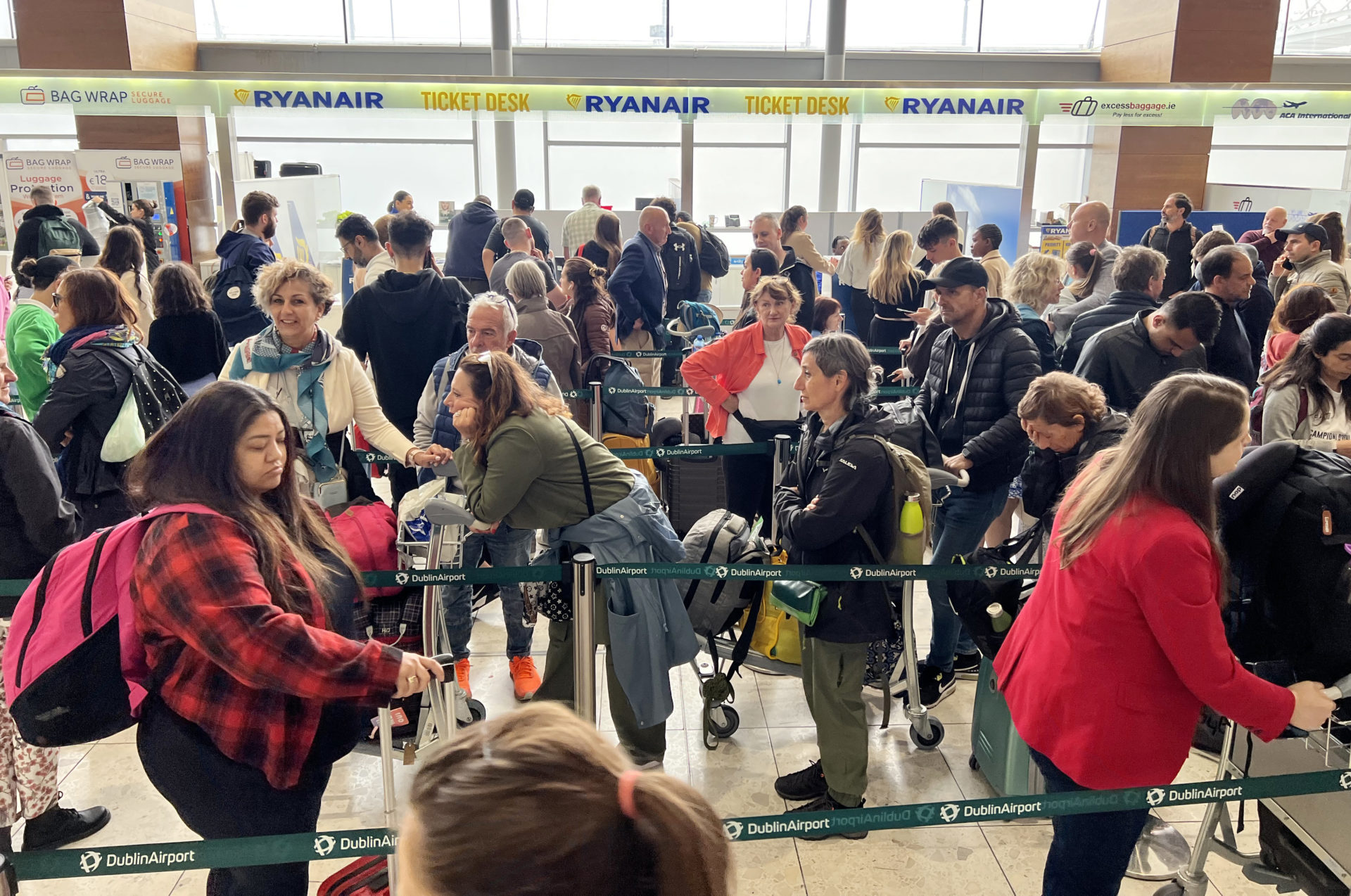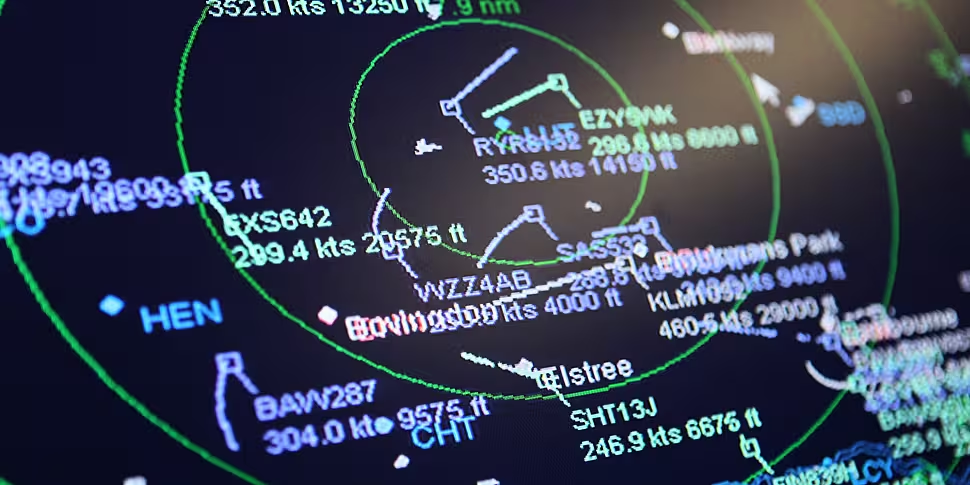The head of the provider of air traffic control services in Britain has said there are 'no indications' a failure on Monday was a cyber attack.
The massive technical failure left UK air traffic control unable to function for a number of hours.
It is thought flights in and out of Ireland could be delayed or cancelled until well into next week.
The fault has since been resolved but more than 600 flights to Britain were cancelled and it could take some time before the backlog is cleared.
 Passengers stranded at Dublin Airport after a technical glitch with UK air traffic control. Picture by: Sasko Lazarov/© RollingNews.ie
Passengers stranded at Dublin Airport after a technical glitch with UK air traffic control. Picture by: Sasko Lazarov/© RollingNews.ieBritain's National Air Traffic Services (NATS) CEO Martin Rolfe has given more details about the disruption.
In a statement on Tuesday he again apologised for the technical failure.
"NATS exists to allow everyone flying in UK airspace to do so safely," he said.
"Our systems enable our air traffic controllers to deliver this service all year round. These have several levels of backup and allow us to manage around two million flights per year.
"Very occasionally technical issues occur that are complex and take longer to resolve.
"In the event of such an issue our systems are designed to isolate the problem and prioritise continued safe air traffic control.
"This is what happened yesterday. At no point was UK airspace closed but the number of flights was significantly reduced."
 Air traffic controllers look after aircraft flying over England and Wales at NATS in Swanwick, England in December 2016. Picture by: PA Images / Alamy Stock Photo
Air traffic controllers look after aircraft flying over England and Wales at NATS in Swanwick, England in December 2016. Picture by: PA Images / Alamy Stock PhotoMr Rolfe said initial investigations show it related to "some of the flight data we received".
"Our systems, both primary and the back-ups, responded by suspending automatic processing to ensure that no incorrect safety-related information could be presented to an air traffic controller or impact the rest of the air traffic system," he explained.
"There are no indications that this was a cyber-attack."
An investigation is underway into the incident, with a preliminary report to go to the British Transport Minister Mark Harper on Monday.
The conclusions of this report will be made public, Mr Rolfe added.









